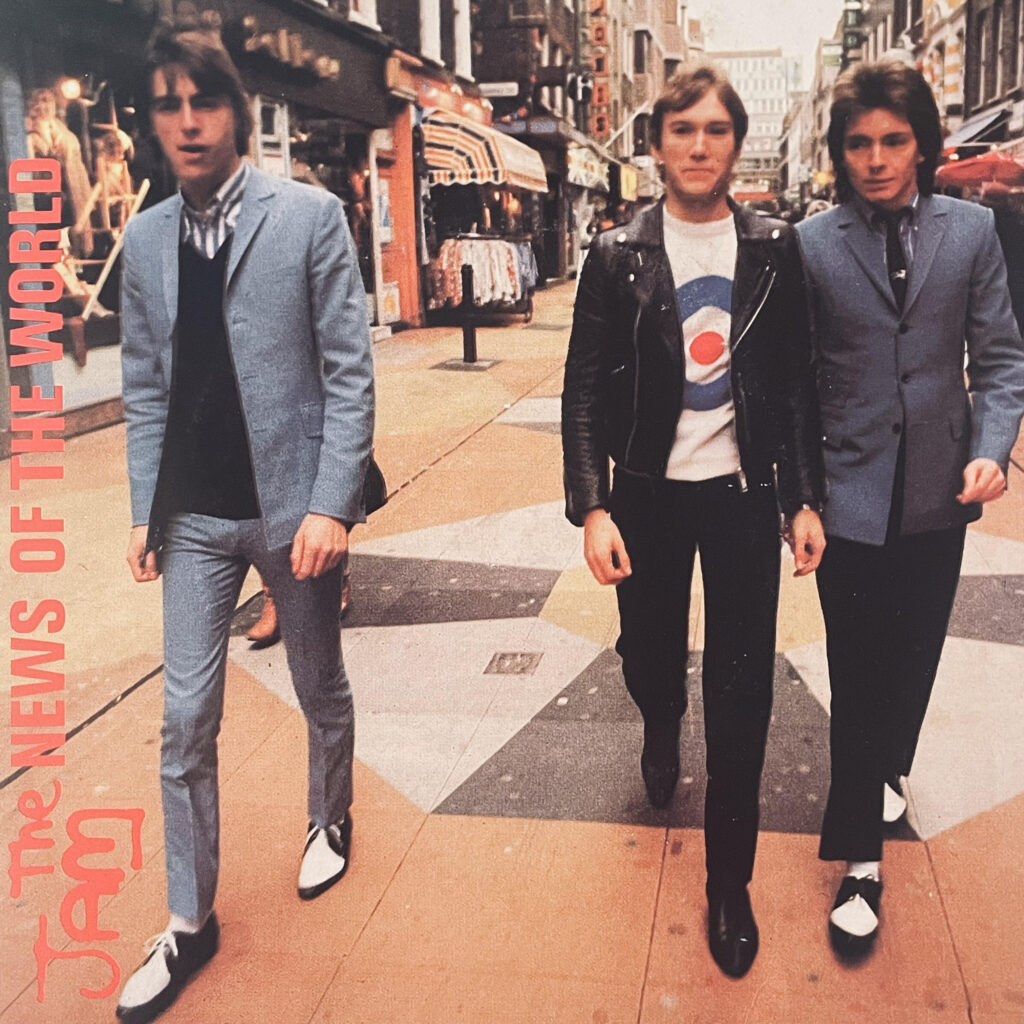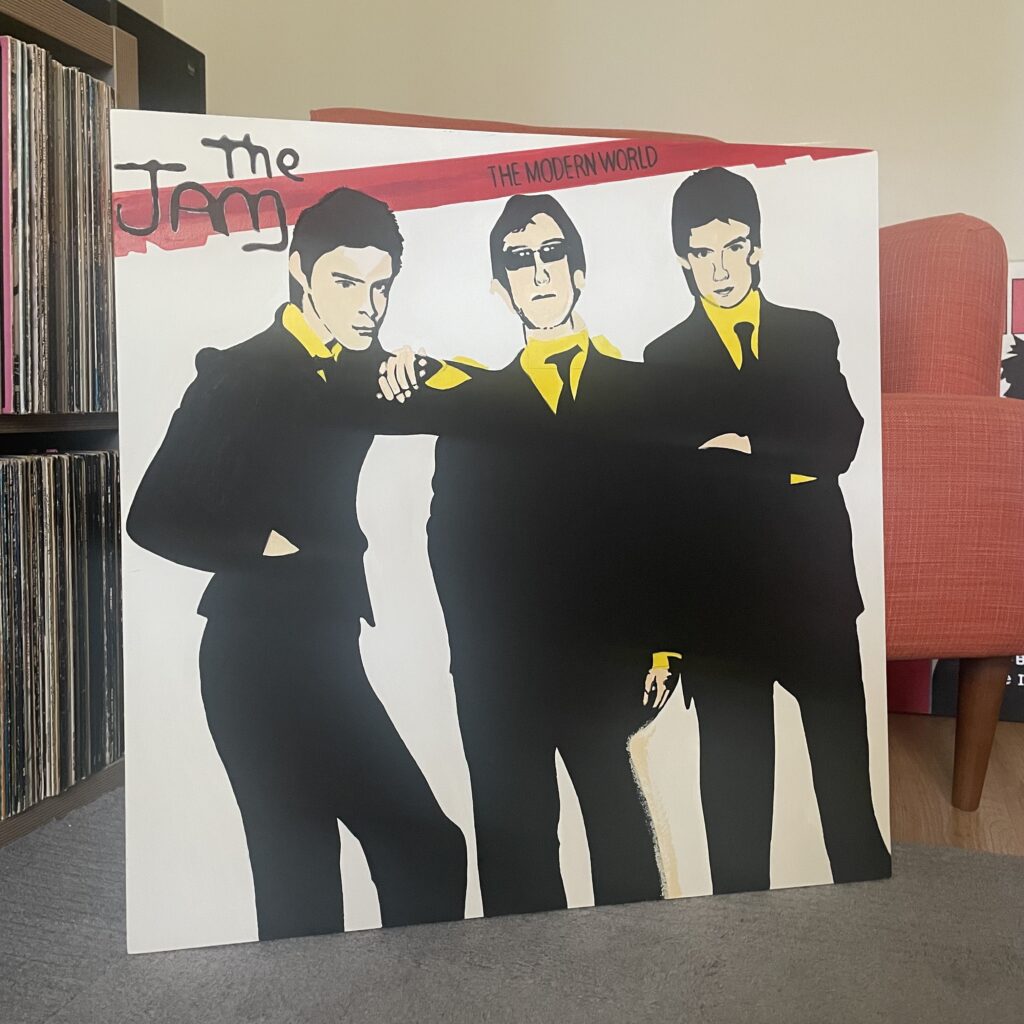Art School Confidential: How Life Study Shaped Jarvis Cocker’s Lyrical Lens
In the dimly-lit environs of Sheffield’s musical underbelly, where Northern realism collides with kitchen-sink dramatics and the dole queue stretched as far as the eye can see, Jarvis Cocker emerged as our most unlikely pop star; gangly, bespectacled and armed with a deadly arsenal of observation that would make a CCTV operator blush with inadequacy.
The secret weapon in Cocker’s considerable arsenal? The eventual fine art education that taught him to observe, document and dissect the mundane with surgical precision before transforming it into pop gold.
While lesser mortals merely glanced at their surroundings, young Jarvis perched behind those NHS specs like some kind of sociological bird-watcher was learning to truly see. Central Saint Martins wasn’t just teaching him how to sketch life study; they were training him in the art of unflinching observation that would later define Pulp’s greatest moments.
“The art school experience fundamentally changed how I wrote, You’re taught to notice everything – the way light falls across someone’s face, how people hold themselves when they think nobody’s watching, the telling details that reveal who someone really is.”
Life study teaches you to notice fine details; how people smile or frown, hold themselves, details of dress and undress, it’s this heightened state of awareness that bleeds into every aspect of Pulp’s peak-era output. Those magnificently detailed character studies populated by horny teenagers, bored housewives, and suburban libertines didn’t emerge from thin air, they were sketched from life with the same attention to detail that Cocker once applied to his drawing pad.
The Saint Martins influence manifests most powerfully in Cocker’s ability to render the most microscopic details of class, desire and desperation in photographic clarity. Where other songwriters might paint with broad strokes, Jarvis works with a fine-tipped pen, capturing the exact shade of someone’s disappointment, the precise angle of their social climbing, the specific temperature of their desire.
Consider the gallery of characters populating Pulp’s Nineties breakthrough albums each rendered with such specific detail you can practically smell their aftershave and perfume. From the minutiae of architecture to the psychological implications of furniture choices, nothing escapes Jarvis’s artistic gaze. These aren’t just songs; they’re life studies set to music.
The art school influence extends beyond mere observation into the realm of presentation. Cocker’s stage persona – part awkward lecturer, part deranged librarian, part suburban Casanova – is performance art disguised as pop stardom. Those infamous hand gestures, like some demented semaphore system, transform him into a living sculpture, his lanky frame carving modernist shapes against the backdrop of Britpop excess.
At art school he learned that context is everything and he took that lesson and applied it to pop music. He understood that the stage was simply another gallery space, and he was the exhibit.
This approach elevated Pulp beyond their contemporaries. While Oasis was content to recycle Beatles licks and Manchester swagger, while Blur played artful dress-up with British archetypes, Cocker was creating something more lasting, documentary evidence of a Britain caught between aspiration and reality, dressed in charity shop polyester and food bank desperation.
The irony, of course, is that the very institution that gave Cocker his observational superpowers would later become the subject of his most scathing critiques. The class tourism, the voyeuristic slumming, the commodification of experience, all art school staples that Jarvis would later dissect with forensic precision on the band’s landmark Different Class album.
Three decades on from their commercial peak, what remains most striking about Pulp’s output is its documentary quality those perfectly preserved specimens of British life, pinned under glass like butterflies in a natural history museum. Each character study, each social observation, each domestic drama unfolds with the precision of a well-composed photograph. We see how Ray Davies now had real competition.
Without those formative years spent learning to really look at the world, Jarvis Cocker might have been just another indie also-ran albeit a committed one given the extreme length of time between the first and second Peel Session . Instead, art school gave us pop’s most brilliant observer – a gangly, bespectacled Baudelaire of the British suburbs, sketching studies that capture the extraordinary hidden within the ordinary.
In the end, that may be Cocker’s greatest achievement – teaching a generation of listeners to see what he sees, to notice what he notices, to find poetry in the prosaic. Isn’t that what great art is supposed to do? Yeah!
—
Art Pop / Pop Art: a study of the influences of art school, famous artists and movements on pop and rock music. Those institutions where failure is motivation, where the eccentric and pretentious emerge into the fascinating space where art and music meet.

